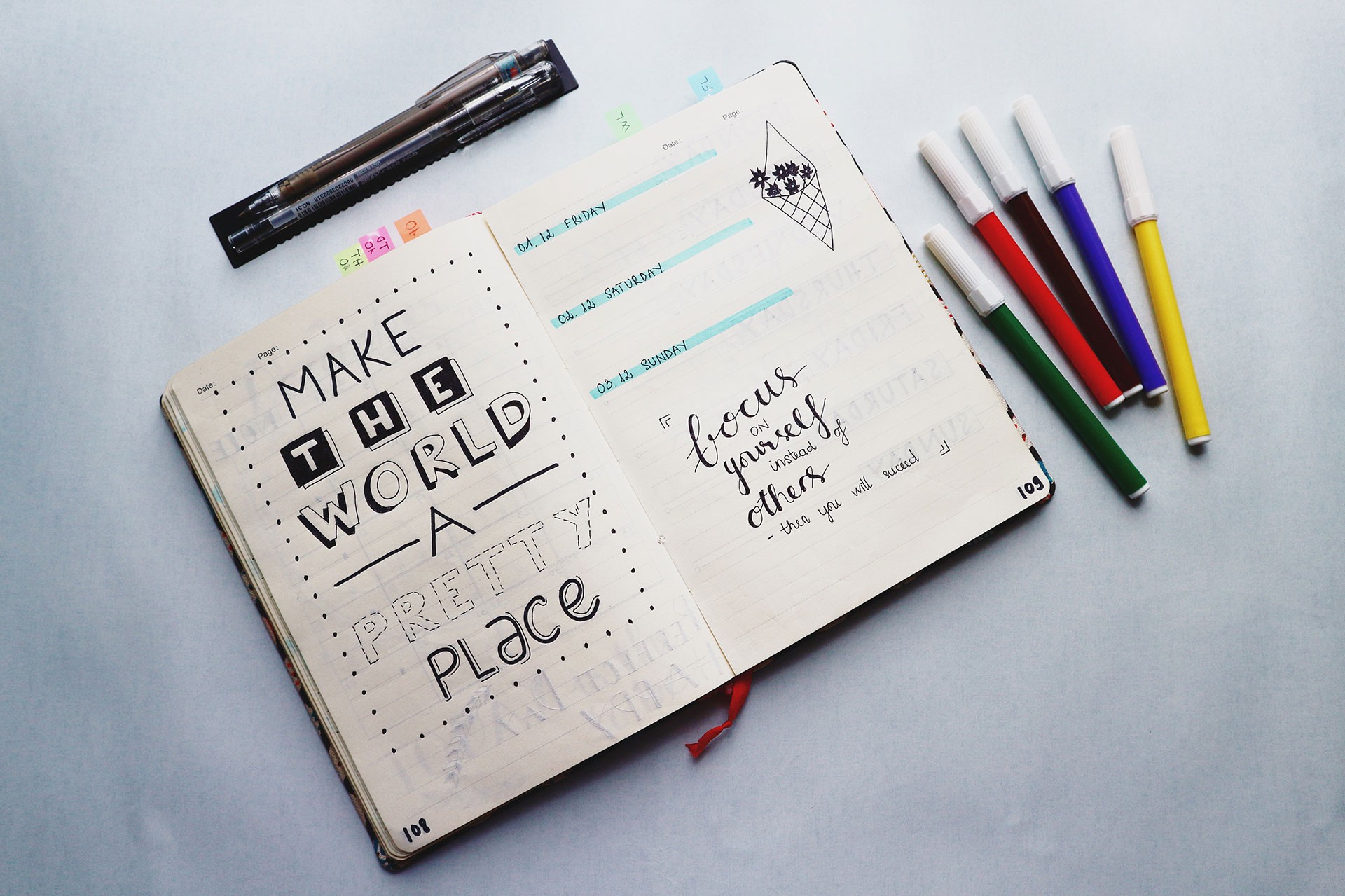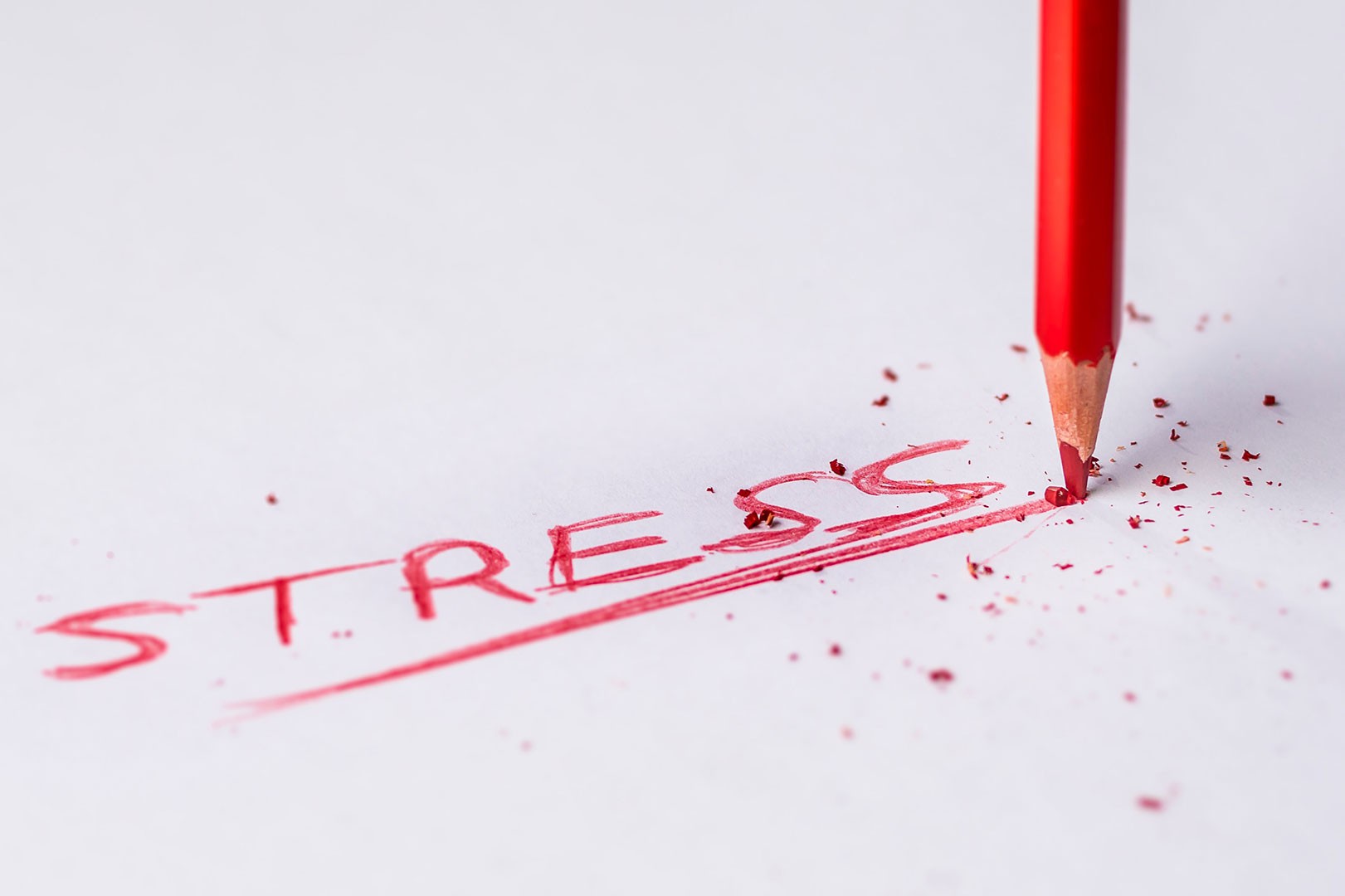
15
AprCommon techniques used in Cognitive Behaviour Therapy
As outlined in Judith Beck’s book ‘Cognitive Behavior Therapy – basics and beyond’, there are many techniques that patients can utilise when working with their therapist during therapy, but also apply them outside therapy, to real life situations. These techniques are efficient and essential to symptoms reduction and psychological problems resolution. This article proposes a list of the most common ones.
ABC technique of Irrational beliefs
Initially developed by Albert Ellis, the ABC technique of irrational beliefs focuses on the first three steps in which patients develop an irrational belief. These are: activating event, belief and consequences.
Activating event (A) is a situation that can cause a high emotional response, including negative dysfunctional thinking.
Beliefs (B) are the negative thoughts that occurred around the activating event.
Consequences (C) are the negative feelings and behaviours that occurred as a result. The beliefs (B) represent a bridge to the negative feelings and behaviours that occurred as a result of the activating event (A).
According to Ellis, the activating event (A) does not provoke the negative beliefs and consequences (C). It is the way the patient interprets or more specifically misinterprets the meaning of the event (B) that causes the consequences (C). Helping the patient reinterpret their irrational belief system gives them new opportunities to understand their beliefs resulting in alternative behaviours.
Journaling is a powerful practical way to gain a deeper insight and understanding of personal cognition. Through journaling, the patient usually writes down onto a notepad their automatic thoughts and analyse the occurrence of various distortions when detected (to learn more about automatic thoughts, please click here). Once better identified and understood, these automatic thoughts can be re-evaluated. Journaling also enables the materialisation of thoughts. Once written onto a notepad, patients can analyse them as external entities that do not belong to them. As part of their weekly homework, I ask my clients to note all potential cognitive distortions that they identify between the sessions, so we can discuss them during the CBT sessions.
Journaling is the method that I use myself for my self-reflection work. As an individual, it is pivotal for me to work on myself every day and journaling is one of my favourite techniques.
The worst case /best case /most likely case scenario technique helps patients overcome fear and anxiety by exploring different options rather than focusing on one negative option. The worst case scenario enables people to include what might happen if things go wrong. Then clients are brought to the best case and allowed to let their thoughts ‘see’ what might happen in this specific scenario. Then, a most likely scenario is explored with actionable steps to enable control over behaviour.
Acceptance and commitment teaches patients to notice, acknowledge, accept and embrace the feelings around the activating event, rather than focusing on how to better control them. To objective is to reach normalisation and observe the situation from a different angle.
Rescripting helps patients who suffer from nightmares. When a certain negative emotion resurfaces through the nightmare, the therapist can help the patient redefine the emotion which will bring a new meaning and a new image to elicit that emotion.
Exposure is commonly used in Obsessive Compulsive Disorder (OCD) and anxiety phobias. Literature claims that exposing the patient to the trigger reduces the response to the trigger. I recommend to start with a mild exposure 2 to 3 times a day. Whilst this may be uncomfortable during the first exposures, the increase in exposure reduces phobic reactions. People who tend to avoid situations that induce fear and anxiety actually increase the anxiety. The slowly increased exposure helps decrease that fear.
Cognitive restructuring enables clients to re-examine their unhelpful thinking. This technique gives them the opportunity to redevelop ways to react in situations that they might have experienced as problematic. Keeping a daily record of the automatic negative thoughts is an excellent way to find the patterns in these thoughts. Once these patterns identified, alternative reactions and adaptive thoughts can be recreated.
Treating thoughts as guesses helps gather information and evidence to deconstruct automatic negative thoughts. Testing the automatic thoughts against reality enables patients to judge whether their thoughts are accurate. If any proof against the thought is found, then it can be replaced with a more accurate one.
Activity scheduling helps people initiate activities that they are not normally used to doing. It offers the possibility to gradually reintroduce rewarding behaviours that have been excluded from people’s routines. This technique is helpful in teaching patients how to create positive reinforcements to increase positive emotions.
If you wish to learn more about the benefits of CBT, please click here and here. You also might be interested in reading the famous book by J. Beck “Cognitive Behavior Therapy – basics and beyond”. Access my review here.
If you are looking for therapist and you would like to book a private session, please contact me on info@angelpsychology.com
With warm wishes,
Dr Ivanka Ezhova (check biography here).
- 15th Apr, 2020
- Therapy techniques











